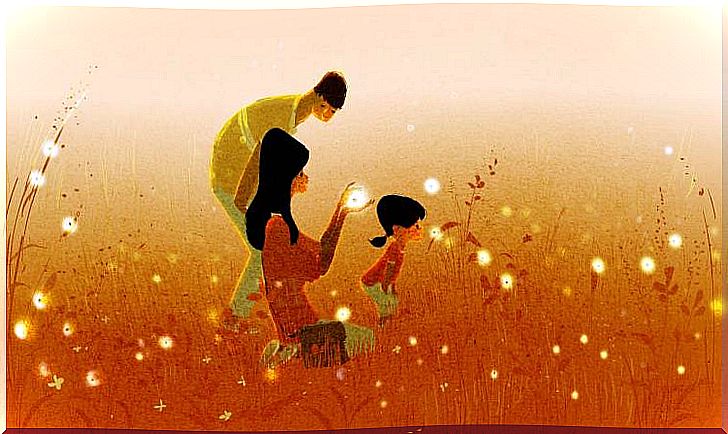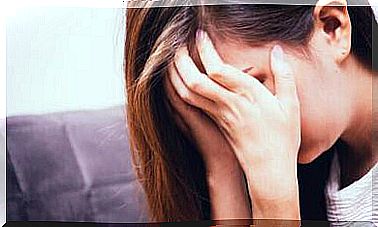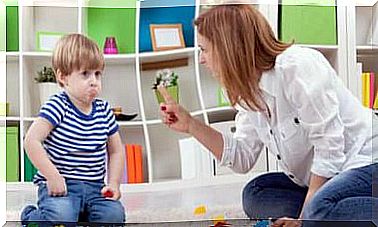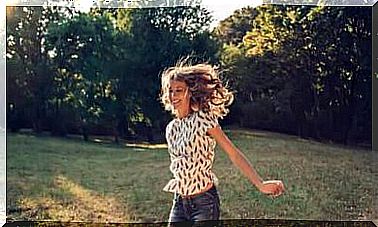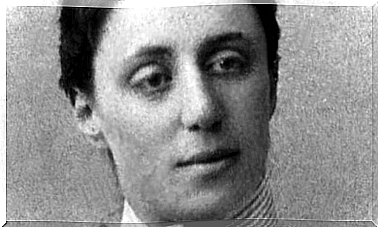Children In Therapy: Chaotic Dysfunctions
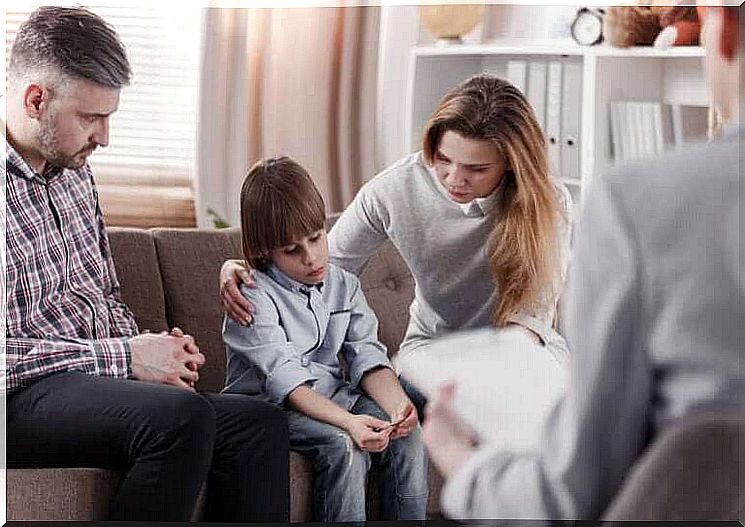
Children in therapy, but also adolescents, are more and more numerous. This can be explained in particular by social factors, sources of their dysfunctions.
The context in which these factors are immersed can serve as an interpretive grid. Thanks to this, we can make sense of both small attitudes and more serious situations. Let’s see this in more detail below.
Children in therapy: from social chaos to family chaos
In the field of education, primary and secondary education is experiencing a growing development of aggression and violence between students, although it would be reductive to limit violence to the school territory only.
We could then ask ourselves why there should not be violence at school, if in different social contexts aggression appears as a constant? Football fields, traffic accidents, corruption at various levels, thefts in the streets where people are raped, assaulted and looted.
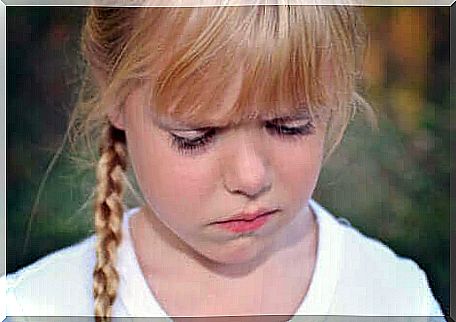
At work, there is a climate of instability which leads to abuse of power and mistreatment. This is why the current economy has created a marginal population of very poor people.
In addition, the poor are inundated with anger and resentment. As if that weren’t enough, television shows a proliferation of films with silly programs in which they feature ridiculous stars or characters brawling.
If a society is to provide children and adolescents with identifying parameters that enable them to understand what is right and wrong, but its benchmarks are stupidity, corruption and violence, what healthy images can it really offer?
The threatening crisis situation, which is becoming a reality every day, blatantly exposes problematic and conflictual situations which are intensifying. Families in crisis who inject their quota of neurosis into each of their members. Dysfunction no longer lurks, but attacks.
The family is immersed in the social context and it is an inevitable process. To a greater or lesser extent, it will reproduce within itself the errors and incompatibilities of the society to which it belongs.
At the present time, we live in a family climate homologous to the social climate. People lead demanding lives in a work environment that subjects them to permanent disqualification. We are all dispensable.
At home, many couples communicate poorly. They stick to the anecdotal and the daily: payments, small accounts of the day and few reflections on their life.
If this affects their stability too much, they can face another chaos: separation. But the powerlessness produced by such a way of life threatens to express itself through bad answers which rapidly amplify with the famous “snowball effect”.
Children and symptoms of dysfunction
Children navigate this behavioral pattern. Parents become less tolerant of their approaches. And the requirement leaves no room for complaints or claims. In this context, the climate of conjugal tension goes beyond this perimeter. Both parents begin to involve their children in the couple’s conflict circuit.
Each child entering the conflict is tempted to belong to one or the other of the parties. If he adheres to the father, he is angry with what the mother does to the father. At the same time, he feels guilty for thinking this about his mother and vice versa. Guilt and anger help maintain the climate of family breakdown.
The complexity of communication is growing rapidly. Children’s feelings are transported to other contexts, that is, symptomatic behaviors begin to appear in the second home: school.
There, the child reproduces the style of communication he learned in his family. But it also drains the accumulation of unbearable anguish that invades it. It suffices that it repeats certain violent acts for it to be qualified as “aggressive”. And he may start to have learning disabilities.
He can then become the butt of teasing from his classmates, which will make him feel isolated. He will therefore react with violence, thus confirming his label “aggressive”. Parents, through school summons, will focus attention on that child, performing a repertoire of generally ineffective rewards and punishments.
The child is no longer just a problem at school, but also at home. However, the symptom is wise: the child has managed to let go of his state of anxiety somewhere, to get his parents to approach him in one way or another, thus avoiding arguments. who threatened a separation.
These actions are linked in an endless cycle. If this cycle is not stopped in time, it will lead to chaos and despair, one of the pathways of mental disorders.
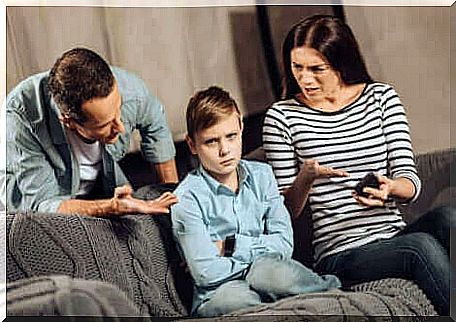
Children in therapy: correcting dysfunctions in time
Partly thanks to the demystification of the madness-psychotherapy association, parents who keep an ounce of composure call on the resource of a therapeutic space in the hope of solving their child’s dysfunction. More and more children are then in therapy.
Some therapists choose to conduct interviews with the parents and organize a series of one-on-one sessions with the child. During these sessions, in children from 4 or 5 years old, for example, what is called “play time” is used, in which signs of conflict are expressed and decoded by play.
Symptoms of the child in therapy may express the problems of a parent couple in constant conflict or the experience of disunity, among other examples. Family therapy becomes inevitable to analyze the interaction of this family and the symptomatic behaviors that result from it for one of the children who has become the fuse of the system.
All forms of therapeutic work carried out with children and adolescents must provide them with the tools and resources necessary to achieve reversal of the process of disease and dysfunction. Parents need to be made aware of what is going on and take responsibility for the child-centered problem.
Failure to take charge and think that the symptom is only that of the child or adolescent will not solve anything. Psychotherapy is a space for reflection and learning, a whole scheduler and corrector of deviations that destabilize well-being.
In a context of generalized unease, persistent anxiety, uncertainty and anxiety, stability of instability, what could be more beautiful than to see children smile again! Let’s think about it.
